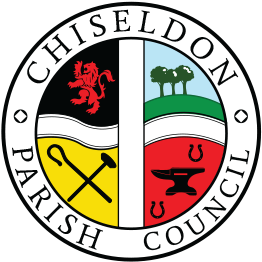Dorset & Wiltshire Fire and Rescue Service (DWFRS) is asking owners of bioethanol real flame fires to ensure that they are fully aware of the fire risks they present.
Bioethanol real flame fires are becoming a popular feature in the home, especially at this time of year. They are easily affordable, provide the visual attraction of a real flame but don’t require the installation of a flue or chimney.
There are two types of bioethanol real flame fires – those fuelled by bioethanol gel, and those that take liquid bioethanol fuel. Despite creating a homely atmosphere, these open flame heaters present a serious fire risk, despite only putting out a moderate amount of heat.
In gel fires, a pre-packed metal can of fuel is inserted into the fire grate and, when lit, the can itself is the burner. The flames cannot be regulated and, depending on the specific design of the fire, the gel fuel is sometimes not readily extinguished once lit.
When using bioethanol liquid, the flame effect is often better than that of a gel fire and a mechanism for regulating the size of the flame and extinguishing it is sometimes incorporated.
Whether liquid or gel, the bioethanol fuel is highly flammable and there have been incidents across the country where people have been burned following accidents when using these appliances. Most often this has been while re-fuelling.
Station Manager Mike Bagnall, from the Fire Safety team, said: “Despite their visual appearance, the open flame used in these type of heaters presents a real fire danger. The open flame element makes these heaters highly unsuitable for use near any combustible materials in the home. I’m asking that anybody who owns a real flame bioethanol fire to make themselves fully aware of all the fire risks and take all the appropriate precautions.”
To ensure that owners remain safe while using their bioethanol fires, the Service is offering these top tips:
- Beware of cheap sub-standard products
- Follow manufacturer’s safety advice
- Remember that bioethanol fuel is highly flammable
- Flames can be almost invisible, especially when the fuel level becomes low
- Refuel only when the fire has been extinguished and is cold
- Use approved small containers to refuel
- Wipe up any spillages before igniting the bioethanol. Keep fuel away from clothes. Don’t refuels when under the influence of alcohol – spillages of fueld could more easily happen and go unnoticed
- Light with a manual or electric taper. Don’t use a lighter, matches or rolled-up paper
- Keep children and pets away from the fire
- Don’t move the appliance with the fuel lit
- Store bioethanol in appropriate containers away from any naked flame and carefully consider where to keep fuel safely
- Do not use fires in a room with poor ventilation
- Installing a CO detector in room is recommended
- Make sure the fire is out before leaving the room or going to sleep
For more information on maintaining fire safety in your home and the use of bioethanol fires, visit www.dwfire.org.uk/safety-at-home or, to see if you are eligible for a FREE Safe and Well visit, please call 0800 038 2323.
